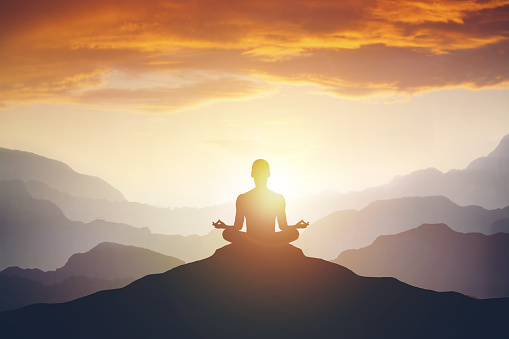It is said in the scriptures that because intermediate beings have no physical body, they tend to be very unstable and restless, unable to sit or stand still, just drifting aimlessly, like bodies in a dream. As intermediate beings long for a body of their own, many try to return to their old bodies. However, body and consciousness have separated and the old body is already a past. As the relationship between the body and consciousness has ended, there is no way the intermediate beings can ever go back to their previous bodies. At this point, the deceased who has lost that sense of belonging will feel very sad and distressed. Afterward, the deceased will enter one of the six bardo states, chönyi bardo or the luminous bardo of dharmata.
~Depicted from THE HANDBOOK'S FOR LIFE JOURNEY - On Death And Rebirth-How to Take Rebirth











